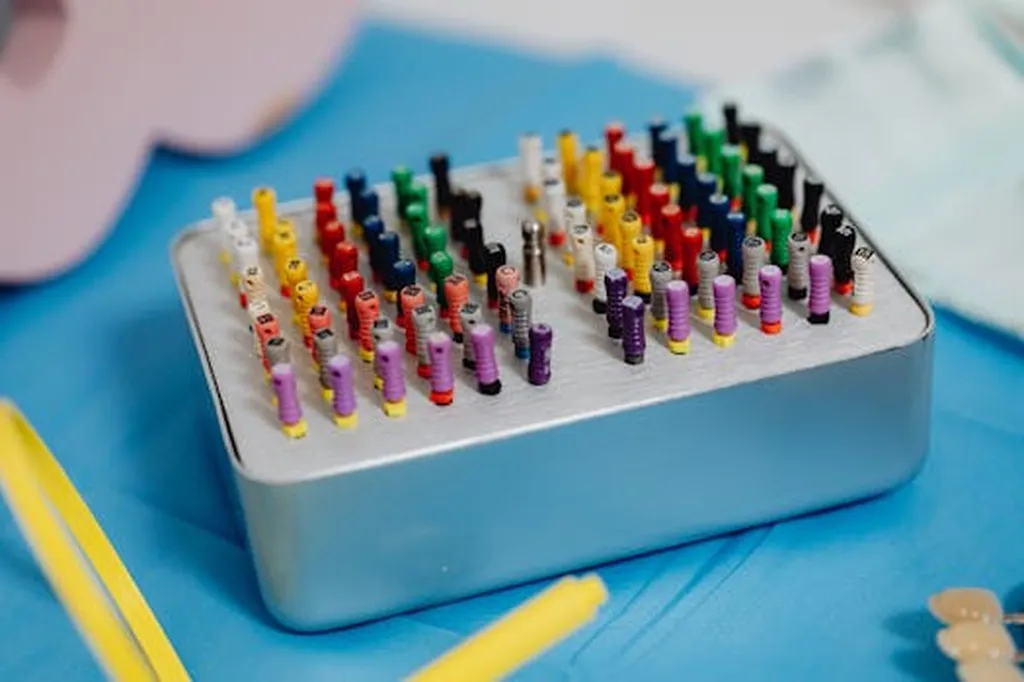In the ever-evolving landscape of dental materials and endodontic treatments, a groundbreaking review published in *Discover Nano* (translated to English as *Explore Nano*) is making waves. Led by Una Ivković from the OMFS-IMPATH Research Group at the University of Leuven, the study delves into the multifunctional applications of nanoparticles in endodontics, offering a glimpse into a future where dental treatments could be more effective and regenerative than ever before.
The review, which followed PRISMA-Scoping Review guidelines, synthesized findings from 70 studies, revealing a significant tilt towards inorganic nanomaterials, which were the focus of 77% of the research. “Inorganic nanomaterials like bioactive glass have shown remarkable potential in enhancing material properties and promoting tissue regeneration,” Ivković explained. However, organic nanomaterials, though less represented, also demonstrated considerable promise, with chitosan and extracellular vesicles emerging as key players in carrier and therapeutic applications, respectively.
The end applications of these nanoparticles were predominantly in direct pulp capping or root canal filling, areas ripe for innovation. “The need for advanced materials in these applications is critical,” Ivković noted. “Nanoparticles offer enhanced antibacterial efficacy and bioactivity, addressing limitations of conventional materials.”
The review also highlighted the current imbalance in experimental models, with 75% of studies conducted in vitro on relevant cell lines, and only 25% employing animal models. This disparity underscores the need for more in vivo research to validate the clinical potential of these nanomaterials.
The commercial implications for the dental materials sector are substantial. As nanoparticles become more integrated into endodontic practices, we could see a shift towards more regenerative and less invasive treatments. This could not only improve patient outcomes but also open up new markets for dental material manufacturers.
However, challenges remain. “Long-term biocompatibility, scalability, and integration into clinical workflows are hurdles that need to be overcome,” Ivković acknowledged. The review emphasizes the need for translational research to bridge the gap between laboratory innovations and clinical practice.
As the field of endodontics stands on the cusp of a nanoparticle revolution, this review serves as a crucial roadmap, guiding researchers and industry professionals towards a future where dental treatments are more effective, regenerative, and patient-friendly. With further research and development, the potential of nanoparticles in endodontics could truly be realized, reshaping the dental materials market and improving patient care worldwide.

